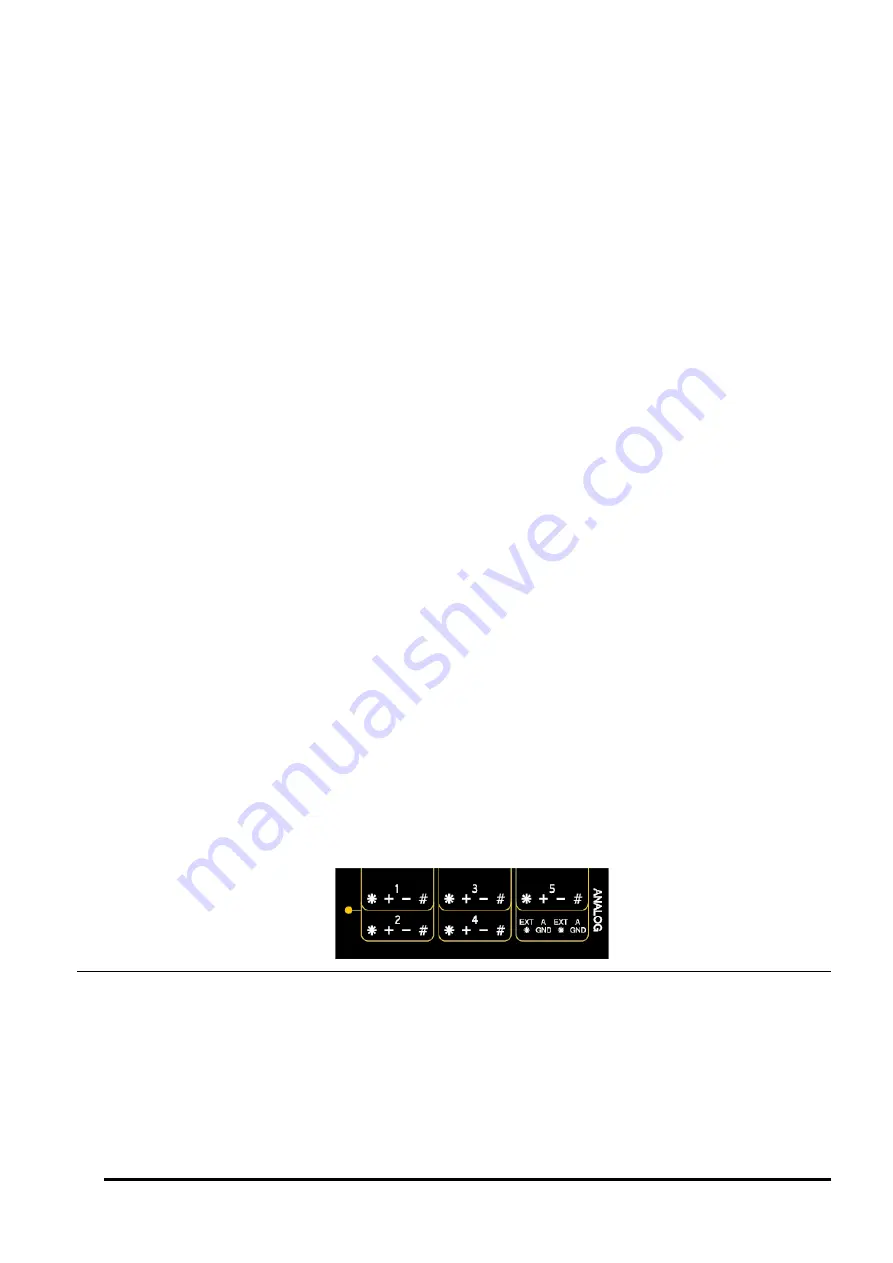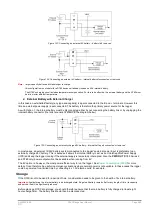
UM-0085-B09
DT80 Range User Manual
Page 302
RG
Part O – Sensors & Channels
Overview
This section describes how to use the DT80's analog, digital and serial inputs to measure many different physical
quantities. The focus here is on the measurement process – connecting up a sensor and successfully reading it.
The following topics are covered for each sensor type:
•
an overview of how a measurement is made
•
wiring configurations – how to physically connect to the DT80's input terminals. For reference, each wiring
configuration presented here is given a number, e.g. "V1" for voltage wiring #1.
•
the applicable DT80 channel types and channel options – that is, how to program the DT80 to read the
particular sensor or measure the particular quantity.
This section also includes some general information about how the DT80's analog measurement system works, and how
to get the best out of it.
What Can Be Measured?
Analog channel types:
•
voltage
•
current and current loops
•
resistance
•
ratio metric resistance (bridges)
•
temperature – thermocouples, thermistors, RTDs and IC sensors
•
frequency
•
strain gauges – bridges, vibrating wire, Carlson sensors
•
logic state
Digital channel types:
•
digital inputs
•
digital outputs
•
pulse counters – standard and high speed
•
phase encoder (quadrature) inputs
Serial channel types:
•
SDI-12
•
generic serial sensors
Analog Channels
For detailed specifications, see
.
About the Analog Input Terminals
Each of the DT80’s analog inputs has four terminals: * (Excite), + (Plus), – (Minus) and # (Return).
Any analog measurement involves at least two terminals: a signal terminal and a return terminal. At the core of most
measurements is a voltage measurement between these two terminals.
To specify which terminals to use, the
channel type
(
V
,
TK
,
BGI
etc.) is prefixed by an
input number
(
1
,
2
,
3
etc.) and
a
terminal specifier
.
















































